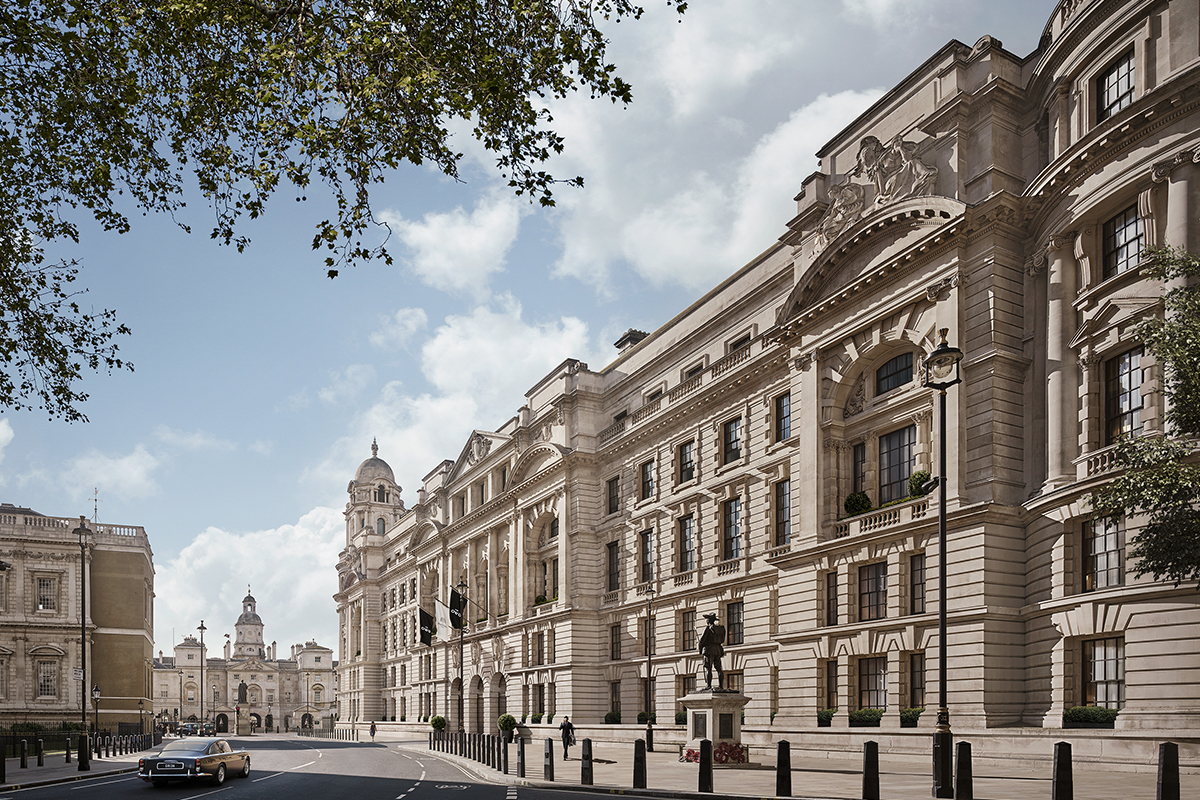
The OWO by Raffles, Whitehall, London

Jeff Tisdall
The Old War Office was the centre of operations for the UK war effort. Three quarters of a century later, The OWO has once again become a focal point, but this time as one of the leading hotels and branded residences in Central London. Ahead of the hotel’s opening next year, Samantha Welsh speaks to Jeff Tisdall, Senior Vice President of Development, Residential & Extended Stays at Accor, about Raffles’ first London-based project
1. How significant is Raffles’ arrival in the UK and London?
It is difficult to underestimate the importance of Raffles’ arrival in London. Really, there is an argument that this is the most important milestone in the evolution of the brand since the opening of Raffles Singapore back in 1887. Raffles Singapore takes its name from the British statesperson Sir Stamford Raffles, founder of the modern city-state. It has been setting the standard for luxury hospitality for more than 130 years, introducing the world to the concept of private butlers. There is something very fitting and meaningful about bringing the brand back to the UK as part of this extraordinary development.
Follow LUX on Instagram: luxthemagazine
2. Why does The OWO standout in the London super prime market?
The OWO has really set itself apart in London’s resilient, super prime residential market. Over the last decade, branded residences have really come into their own and often dominate the very highest end of leading property markets around the globe. In this market context, The OWO Residences stands out as a one-of-kind opportunity. The dedicated Raffles team will deliver an unmatched service offering. We spent a lot of time during an extensive planning phase, curating the offering and designing an unrivalled set of private facilities that are exclusive to residents.Without question, this will be an extraordinary address to call home.
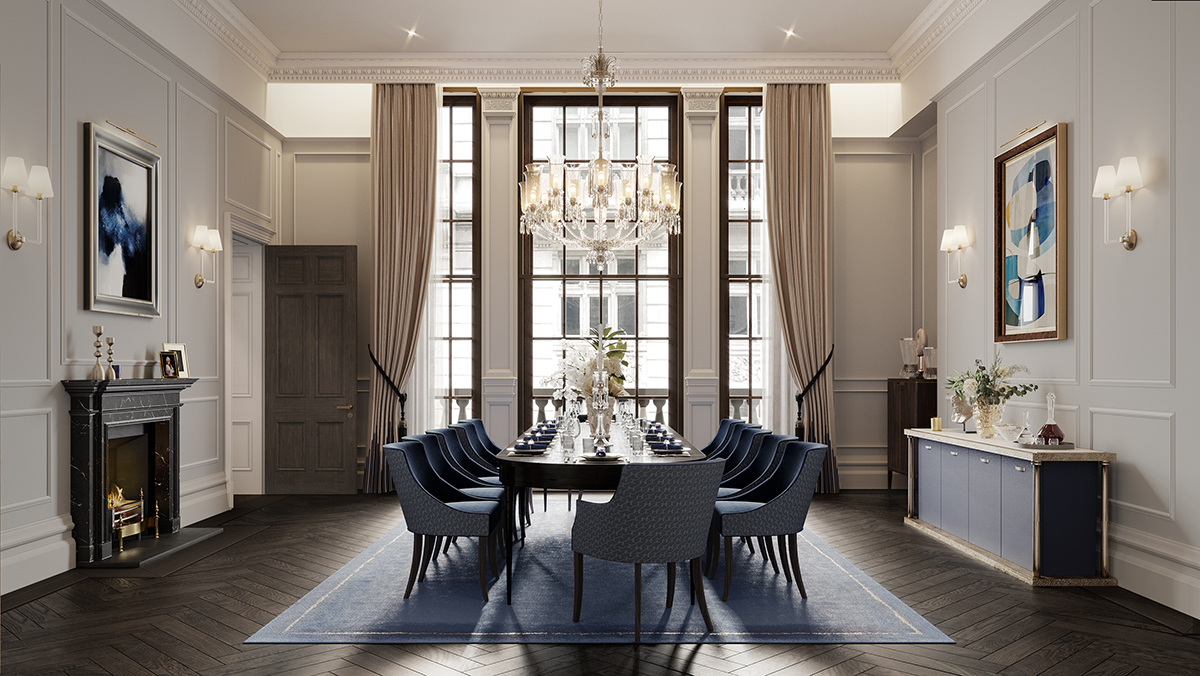
The dining room at The OWO. Image courtesy of Grain London
3. Have you seen as much branded residential development in London as has been observed in other super prime markets?
I think it is fair to say opportunities to develop luxury branded residences have been more constrained in markets like London, where we see greater reliance on historical conversions. The integration of the hotel and residences at The OWO ensures an array of services will be available to residents, with an internal courtyard that provides the residences with some physical separation from the hotel. It is this perfect balance between service on one hand, and privacy, exclusivity and security on the other, that is often so elusive, and perfectly achieved at The OWO.
Read more: Pioneering Artist Michael Craig Martin on Colour & Style
4. How does The OWO compare in scale to other Raffles residences?
Each Raffles Residence project forms part of a global portfolio of extraordinary private homes – all meticulously designed, luxuriously appointed, and of course infused by Raffles legendary passion for service. Yet, each project is entirely unique.
In terms of scale at The OWO, our partner, the Hinduja Group, has taken the private amenities available to a new level of luxury. Residence owners will have access to an extremely generous 30,000 square feet of exclusive residential facilities. Of course, The OWO will also be a culinary destination, featuring nine restaurants and bars.
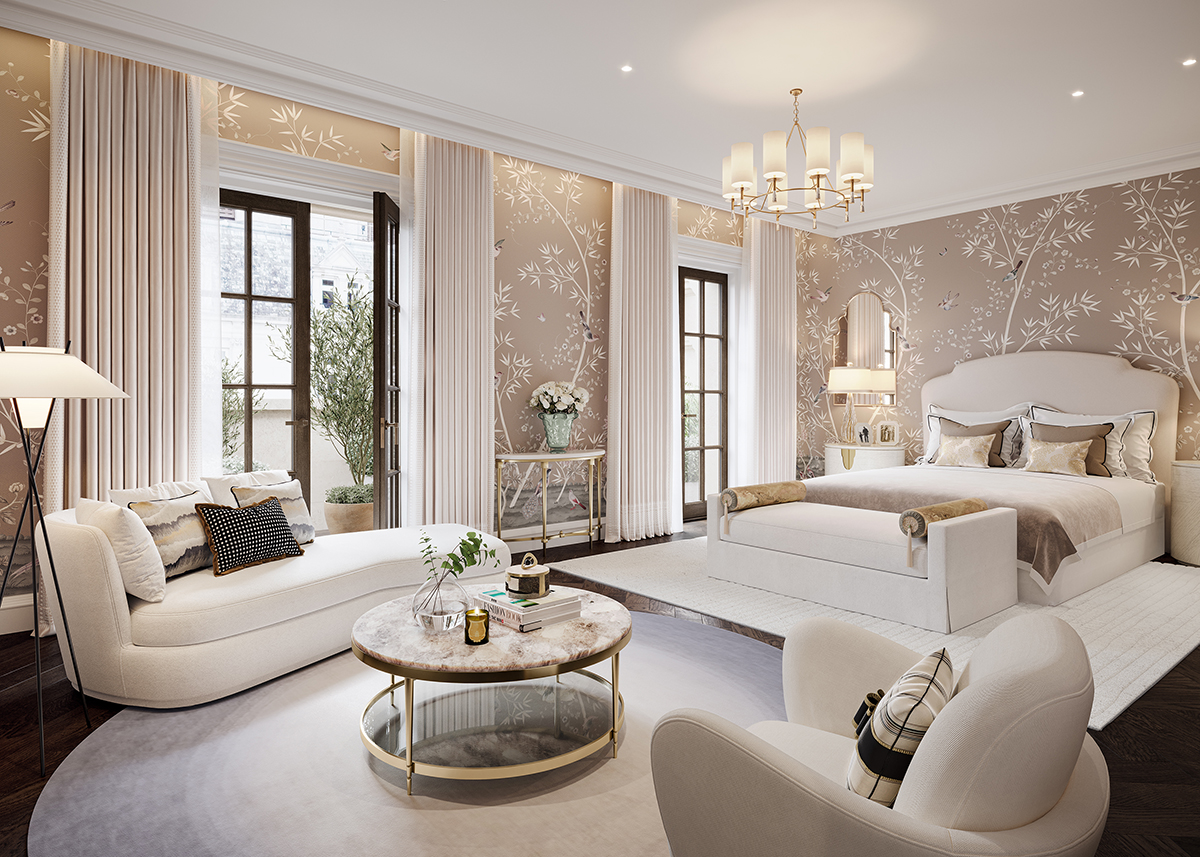
Principal bedroom at The OWO. Image courtesy of Grain London
5. Why have branded residences become so appealing post pandemics?
For many, the pandemic has served to help bring what is important in life back into clearer focus. The fact that for purchasers at The OWO, their homes will be serviced by Raffles, a brand with experience and trust accumulated over more than 130 years, brings tremendous peace of mind. Today’s UHNW buyer is also looking for authentic, meaningful luxury. From a service perspective, we focus on what we describe as emotional luxury. How we make a resident feel is every bit as important as the services we deliver. From a dedicated concierge team to fitness and wellness attendants, dog walking and sommelier services, private chefs and legendary Raffles Butler services, there really is no detail overlooked.
6. What benefits do residents of The OWO receive?
The Residence Director leads a dedicated residential team of 25-30 people. This team is focussed solely on The OWO residents. In-residence dining, catering for private events, spa treatments and housekeeping are just a few of the optional a la carte services that can be arranged. Homeowners will also be embraced as VVIPs at Raffles London, enjoying priority reservation privileges at dining venues and preferred pricing. The effect is to create a sense of belonging, recognition, and privilege. Additionally, through the Raffles Owner’s Club, this preferred status is extended beyond The OWO to 5000+ participating hotels and resorts worldwide, and more than 40 brand portfolios.
Find out more: theowo.london
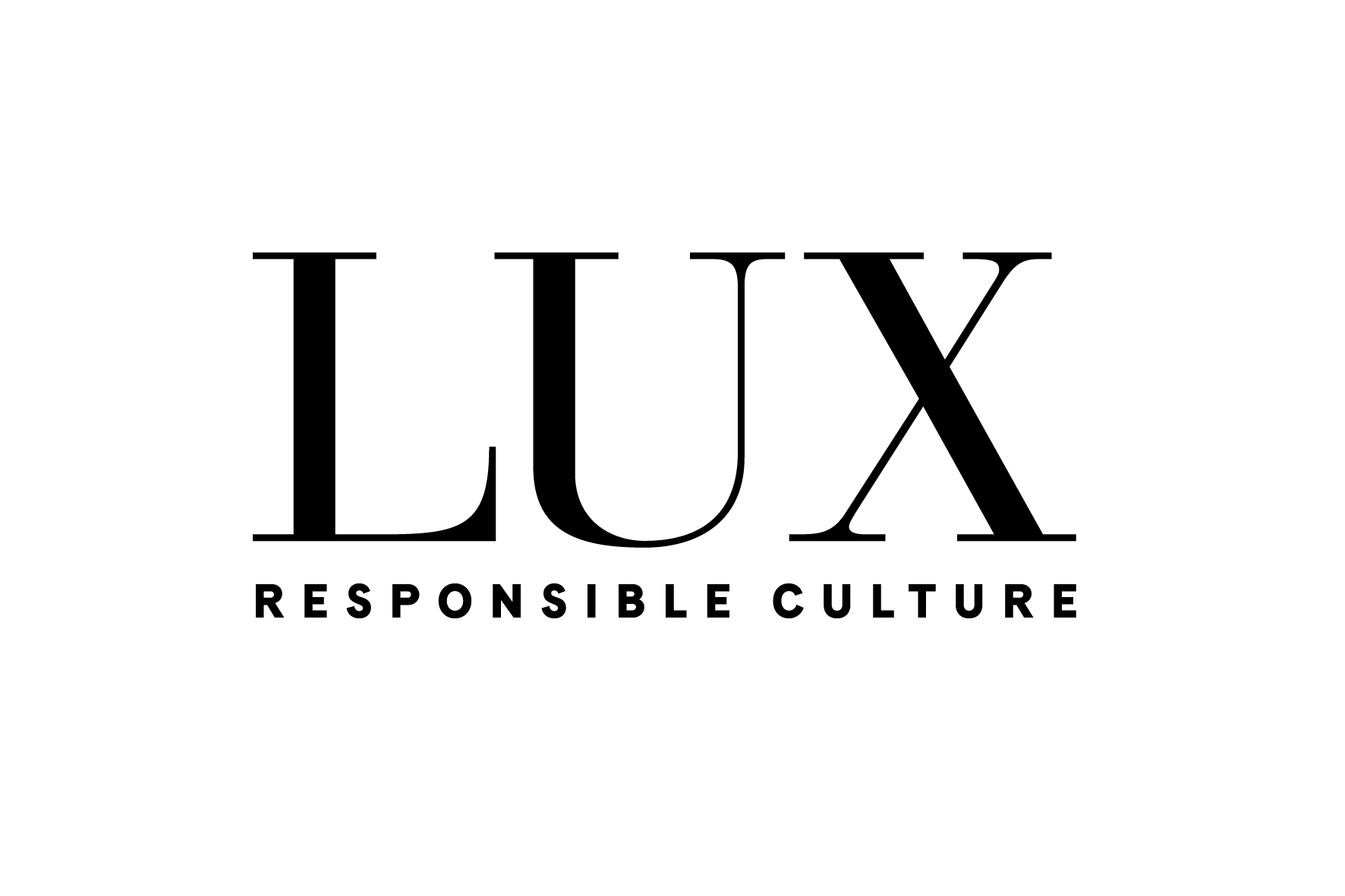
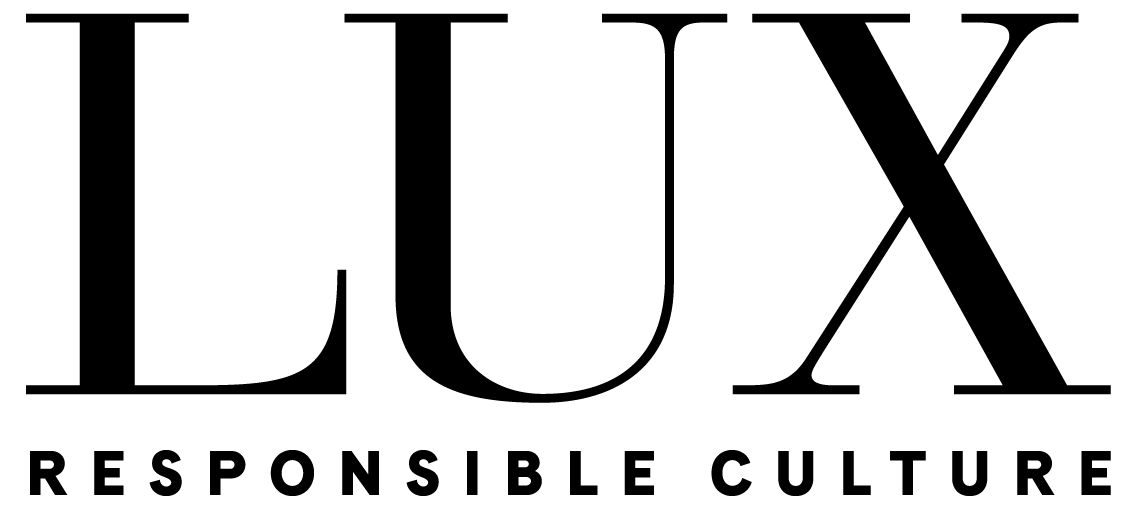

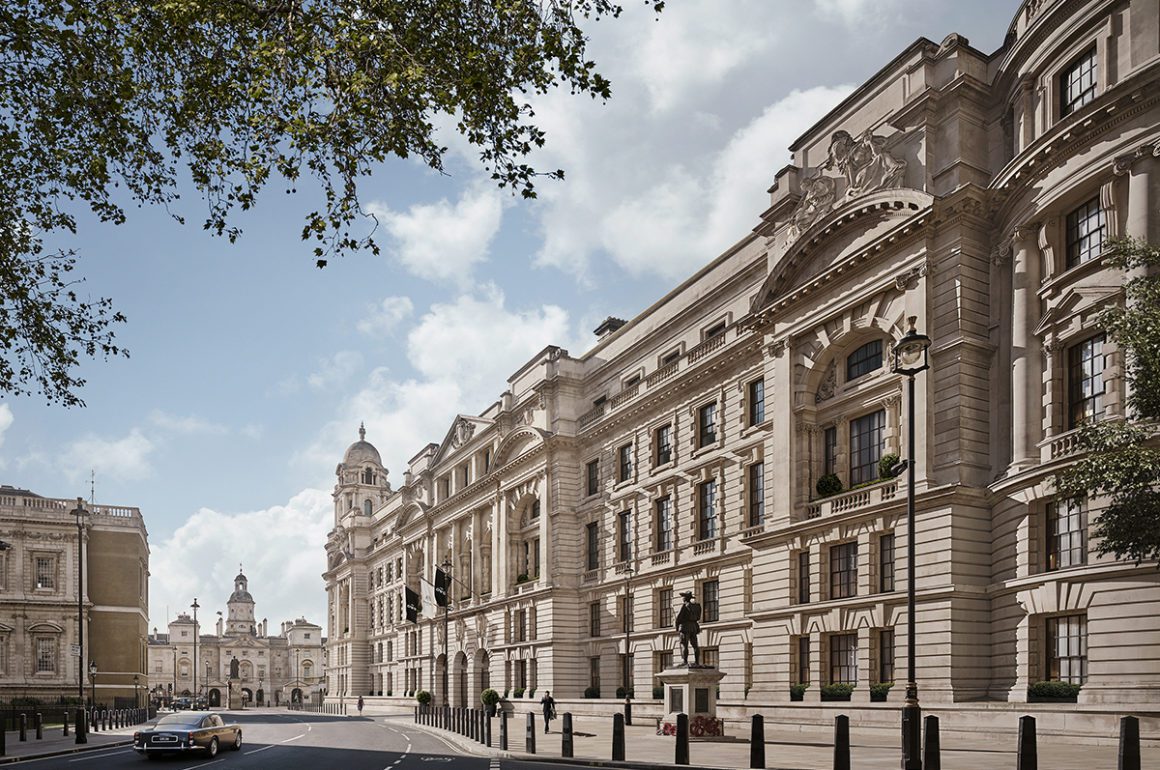







Recent Comments